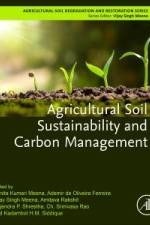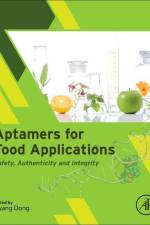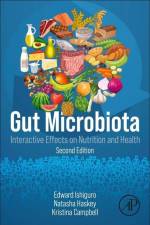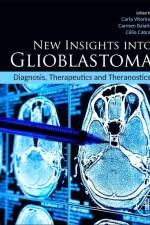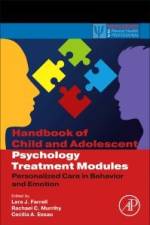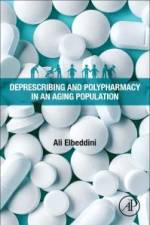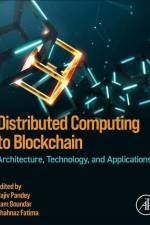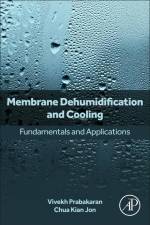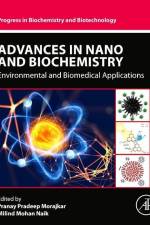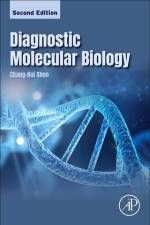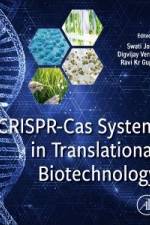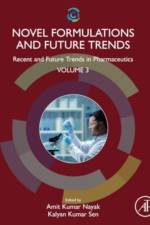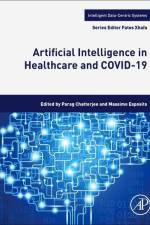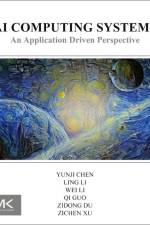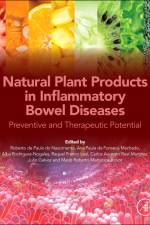av Roni Reiter-Palmon & Sam Hunter
1 521
Handbook of Organizational Creativity: Individual and Group Level Influences, Second Edition covers creativity from many perspectives in two unique volumes, including artificial Intelligence work, creativity within specific applied domains (e.g., engineering, science, therapy), and coverage of leadership. The book includes individual, team and organizational level factors and includes organizational interventions to facilitate creativity (such as training). Chapters focus on creative abilities and creative problem-solving processes, along with individual differences such as motivation, affect and personality. New chapters include the neuroscience of creativity, creativity and meaning, morality/ethicality and creativity, and creative self-beliefs. Sections on group level phenomena examine team cognition, team social processes, team diversity, social networks, and multi-team systems and creativity. Final coverages includes different types and approaches to leadership, such as transformational leadership, ambidextrous leadership leader-follower relations, and more.




